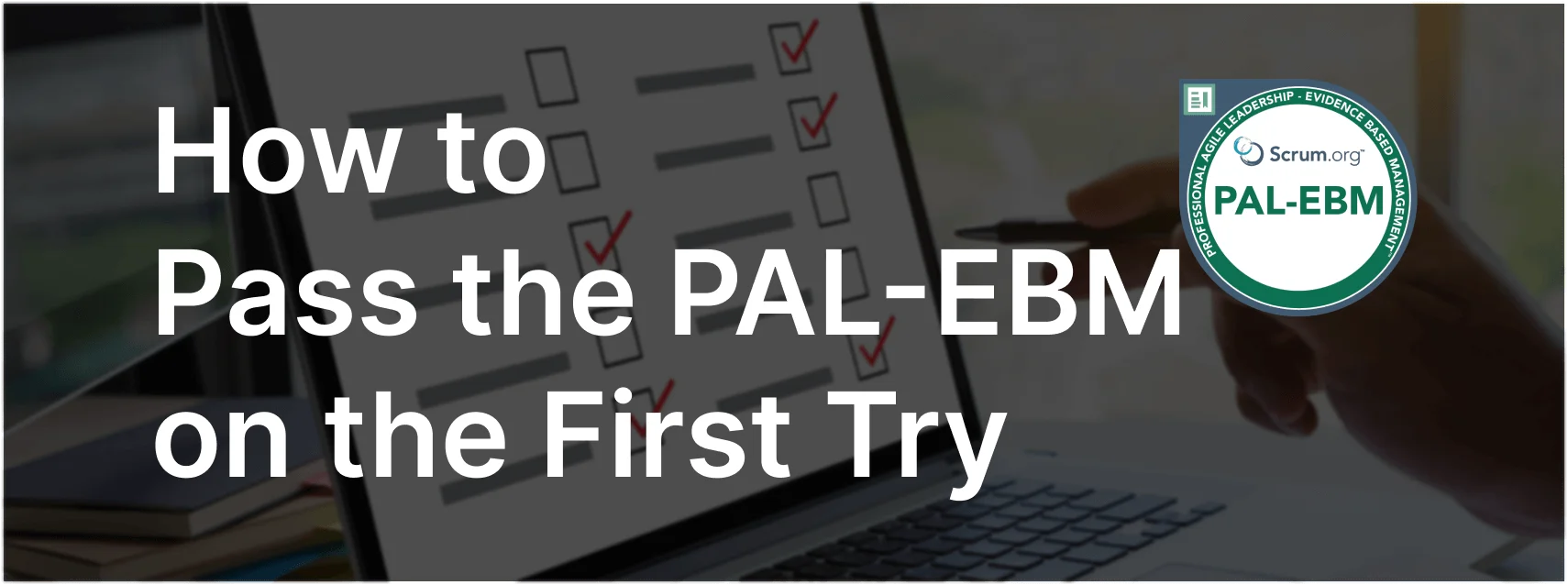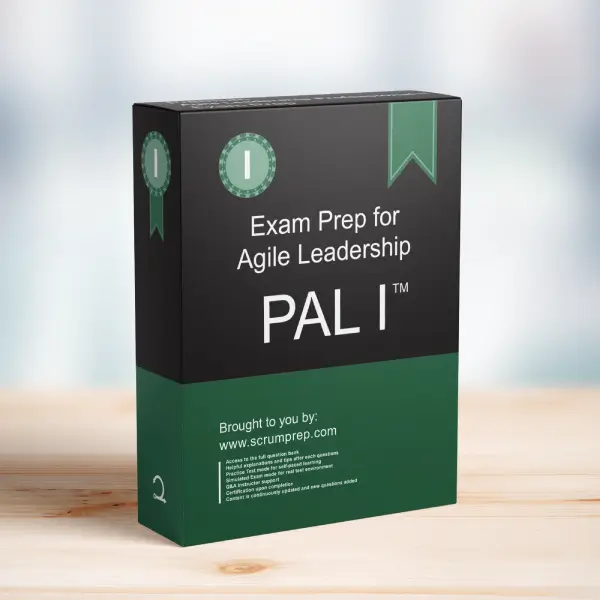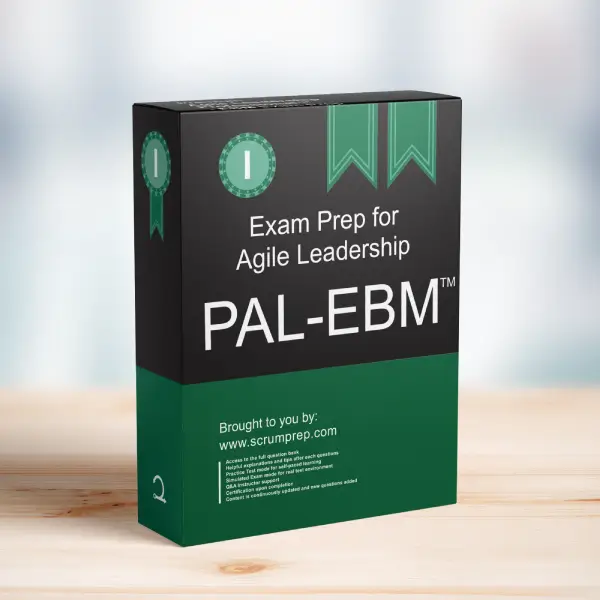Allocating Development Budget in an Organization
Allocating the development budget effectively is crucial for maximizing the value delivered by both existing products and new ideas. This article discusses the best approach to funding products and new ideas based on their value potential.
Exam Question
Your organization produces 5 products, and it has some new ideas for new products that it would like to try. How should it allocate its development budget?
(choose the best answer)
A. Fund products based on cost estimates for the features that executives think are most important.
B. Fund products based on a percentage of revenue they produce, with a fixed amount set aside for new ideas.
C. Fund products and new ideas based on the gap between their current value and their unrealized value.
Correct Answer
C. Fund products and new ideas based on the gap between their current value and their unrealized value.
Explanation
Correct Answer
C. Fund products and new ideas based on the gap between their current value and their unrealized value:
Allocating the development budget based on the gap between current value (CV) and unrealized value (UV) ensures that resources are directed towards areas with the highest potential for growth and improvement. This approach focuses on maximizing the value delivered to customers by addressing both existing product improvements and exploring new opportunities. By identifying and closing these value gaps, organizations can better align their investments with customer needs and market demands.
Why the Other Options Are Less Relevant
A. Fund products based on cost estimates for the features that executives think are most important:
Basing funding on executive opinions without empirical data can lead to misallocation of resources. This approach does not necessarily align with customer needs or market potential.
B. Fund products based on a percentage of revenue they produce, with a fixed amount set aside for new ideas:
While funding based on revenue can maintain existing products, it may not adequately address the potential of new ideas or the unrealized value of current products. This method might neglect opportunities that do not yet generate significant revenue but have high future potential.
Benefits of Funding Based on Value Gaps
- Customer-Centric Approach: Ensures that investments are aligned with customer needs and market demands.
- Balanced Portfolio: Supports both the enhancement of existing products and the exploration of new opportunities.
- Data-Driven Decisions: Utilizes empirical data to guide investment decisions, reducing the risk of bias and misallocation.
- Maximized Value: Focuses on closing value gaps, leading to greater overall value delivery and market competitiveness.
EBM Framework Insights
- Current Value (CV): Funding decisions should consider the current value delivered to customers and identify areas for improvement.
- Unrealized Value (UV): Identifying and addressing gaps in unrealized value can reveal new growth opportunities and future potential.
- Ability to Innovate (A2I): Allocating budget based on value gaps encourages innovation by directing resources to areas with high potential for impactful changes.
- Time to Market (T2M): Strategic funding can help reduce the time to market for high-value features and new products.
Relevance to the PAL-EBM Exam
Understanding how to allocate development budgets based on value gaps is crucial for the PAL-EBM exam. This knowledge demonstrates an ability to apply Evidence-Based Management (EBM) principles to enhance value delivery and strategic decision-making.
Key Takeaways
- Allocating budgets based on value gaps ensures resources are directed towards high-potential areas.
- A customer-centric, data-driven approach aligns investments with market needs and opportunities.
- Funding decisions should balance the improvement of existing products with the exploration of new ideas.
- The EBM framework supports strategic investment decisions by focusing on current and unrealized value.
Conclusion
Allocating development budgets based on the gap between current value and unrealized value is essential for maximizing the impact of investments. This approach ensures that resources are directed towards areas with the highest potential for growth and value delivery. For more information on preparing for the PAL-EBM exam, visit our Professional Agile Leadership PAL-EBM™ Exam Prep.





